From July 21 to August 20, 2023: there will be about 1 - 2 tropical depressions/storms in the East Sea
According to the monthly weather forecast bulletin of the National Center for Hydro-Meteorological Forecasting, the monthly climate trend from July 21 to August 20, 2023 is as follows:
Average temperature trend: The average temperature from July 21 to August 20 in the North and Central regions is 0.5 - 1.0 degrees Celsius higher, while other regions are generally about 0.5 degrees Celsius higher than the average of many years.
Rainfall trend: During the forecast period, total rainfall in the mountainous areas and the Northern Midlands and the Central region is generally approximately equal to the average of many years; in the Delta, Central Highlands and the South, it is generally 5-20% higher than the average of many years. (Figure 4b).
Severe weather warning
Heat waves are likely to appear in the last days of July and continue to appear interspersed with rains in August in the Northern and Central regions. In particular, the Central region may experience days of intense heat during the forecast period.
Heavy rain, thunderstorms, tornadoes, lightning, hail: Thunderstorms, tornadoes, lightning, possibly accompanied by hail, will continue to occur nationwide, especially in the Northern, Central Highlands and Southern regions. In the Northern region, rain will be concentrated in the first half of August 2023.
Storms, tropical depressions: During the period from July 21 to August 20, it is forecasted that there will be about 01-02 tropical depressions/storms (storm No. 2, storm No. 3) active in the East Sea.
Potential impact on the environment, living conditions, infrastructure, and socio-economic activities: Due to the impact of heat waves, concentrated in the Northern and Central regions, beware of the risk of fire and explosion in residential areas and production areas due to increased demand for electricity and high risk of forest fires, especially in the Central region.
During this period, the tropical convergence zone continues to be active and is likely to form a tropical depression/storm in the East Sea. The tropical convergence zone is also the cause of the strong southwest monsoon in the southern seas. Therefore, it is necessary to be on guard against strong winds and large waves affecting maritime and fishing activities of fishermen.
In addition, dangerous weather phenomena such as thunderstorms, tornadoes, lightning, and hail continue to appear nationwide, which can greatly affect production and people's activities.
Warning of strong winds and high waves
Currently (July 22), at Huyen Tran station there is southwest wind level 5, sometimes level 6, gusting to level 9.
Forecast: from the evening of July 22 to July 23, in the sea area from Binh Thuan to Ca Mau and the sea area west of the South China Sea (including the sea area west of Truong Sa archipelago), there will be strong southwest winds at level 5, sometimes level 6, gusting to level 7-8, rough seas; waves from 1.5 - 2.5m high.
In addition, from the evening of July 22 to July 23, the Central and Southern East Sea (including the waters of the Truong Sa archipelago), the waters from Binh Thuan to Ca Mau, Ca Mau to Kien Giang and the Gulf of Thailand will have heavy rain and thunderstorms. There is a possibility of tornadoes and strong gusts of wind during thunderstorms.
Warning: From the night of July 23 to July 24, the sea area from Binh Thuan to Ca Mau, the sea area south of the area between the East Sea and the sea area west of the South East Sea area (including the sea area west of Truong Sa archipelago) will have strong southwest winds of level 5, sometimes level 6, gusting to level 8-9, waves 2.0-3.0m high, rough seas.
Possibility of tropical depression, storm number 2
Previously, on July 19, Dr. Hoang Phuc Lam, Deputy Director of the National Center for Hydro-Meteorological Forecasting, said that new low-pressure areas had formed in the tropical convergence zone where storm Talim (storm No. 1) had recently formed.
It is likely that in the next 1-2 days this low pressure area will strengthen into a tropical depression and storm.
According to Mr. Hoang Phuc Lam, there is a high possibility that this will be the second storm to affect our country in the last days of July.
Meanwhile, due to the influence of the southern edge of the circulation after storm No. 1 (storm Talim), the North continues to have rain, especially beware of flash floods and landslides in mountainous provinces...
El Nino can cause strong storms, extreme heavy rain
Sharing his opinion on the impact of storm No. 1, Head of Weather Forecasting Department, National Center for Hydro-Meteorological Forecasting Nguyen Van Huong said that storm No. 1 operates on the tropical convergence zone, not an independent storm, so in addition to causing rain during the storm, it will continue to cause rain after the storm's circulation.
"It is not impossible that the tropical convergence zone after storm No. 1 could potentially create a tropical depression and storm No. 2 in the East Sea this weekend or early next week," Mr. Nguyen Van Huong noted.
Head of the Weather Forecast Department Nguyen Van Huong added that currently, due to the impact of El Nino (the phenomenon of abnormal warming of the surface sea water in the central equatorial region and the Eastern Pacific Ocean), the number of storms operating in the East Sea as well as affecting the Vietnamese mainland is less than the average of many years.
According to Government Electronic Newspaper
Source link



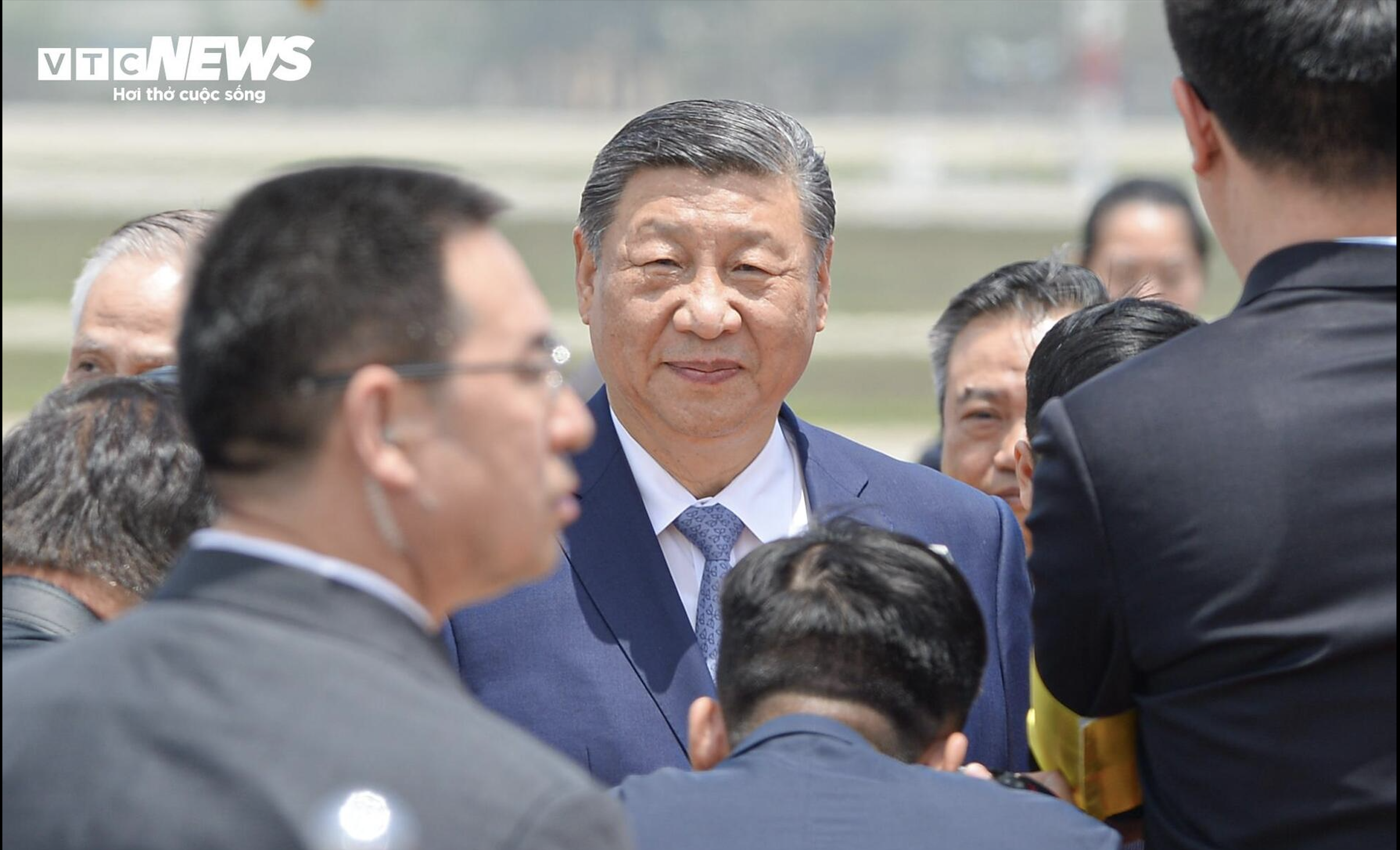

![[Photo] Prime Minister Pham Minh Chinh receives Chairman of Commercial Aircraft Corporation of China (COMAC)](https://vstatic.vietnam.vn/vietnam/resource/IMAGE/2025/4/14/93ca0d1f537f48d3a8b2c9fe3c1e63ea)
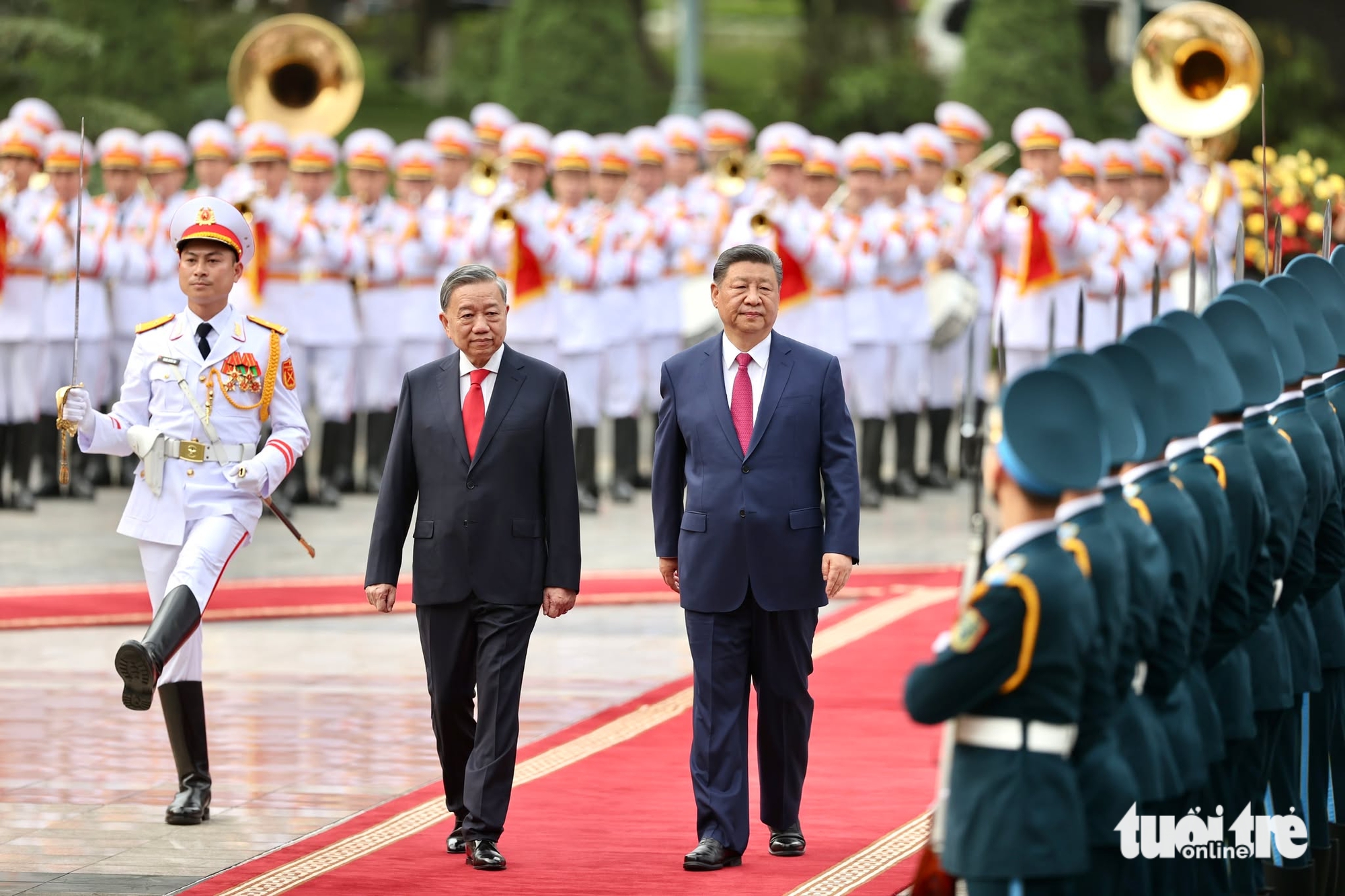




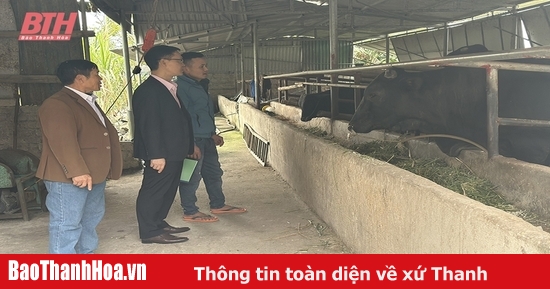
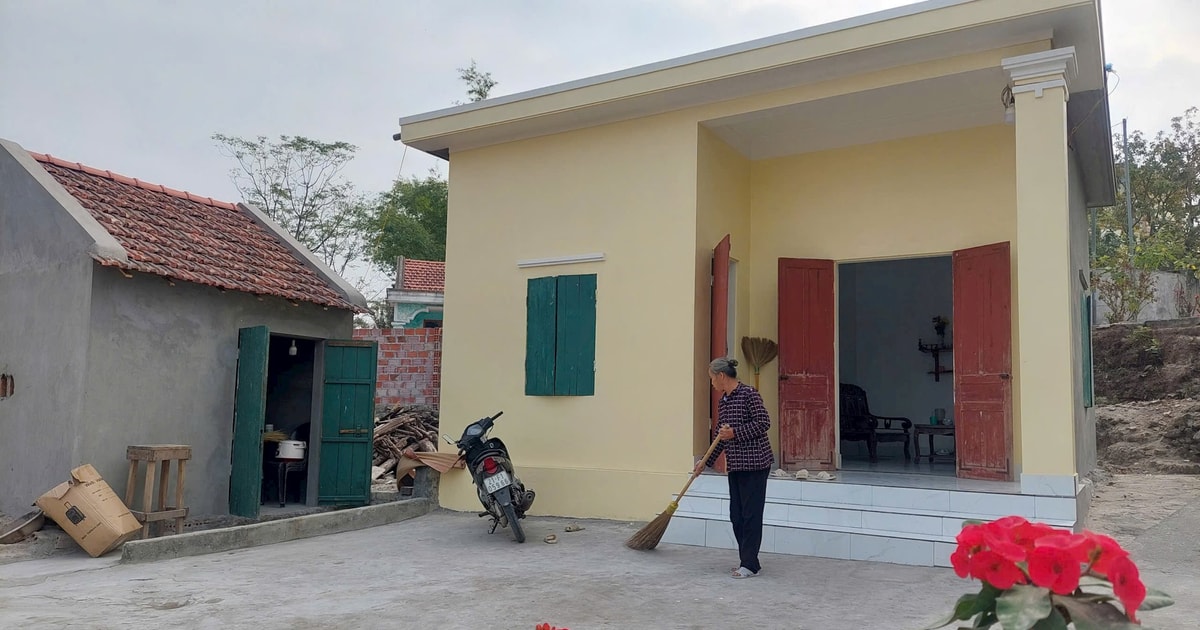

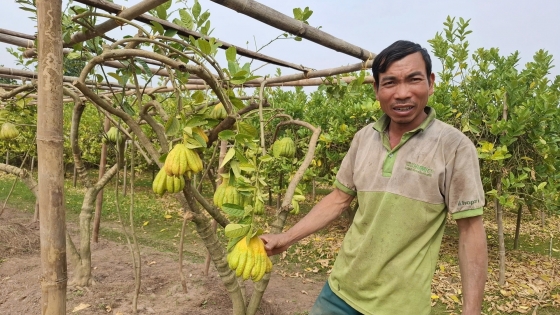


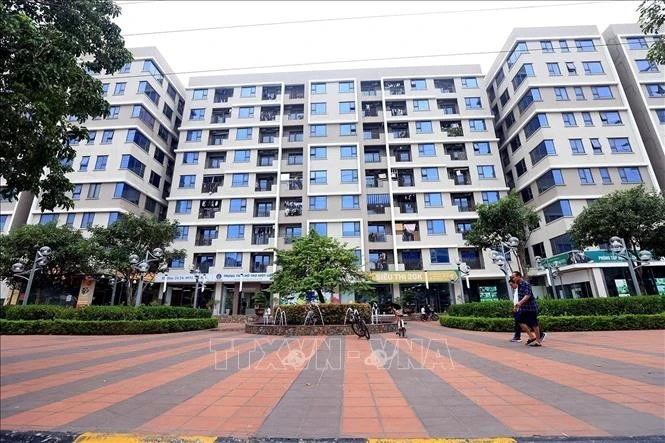
















































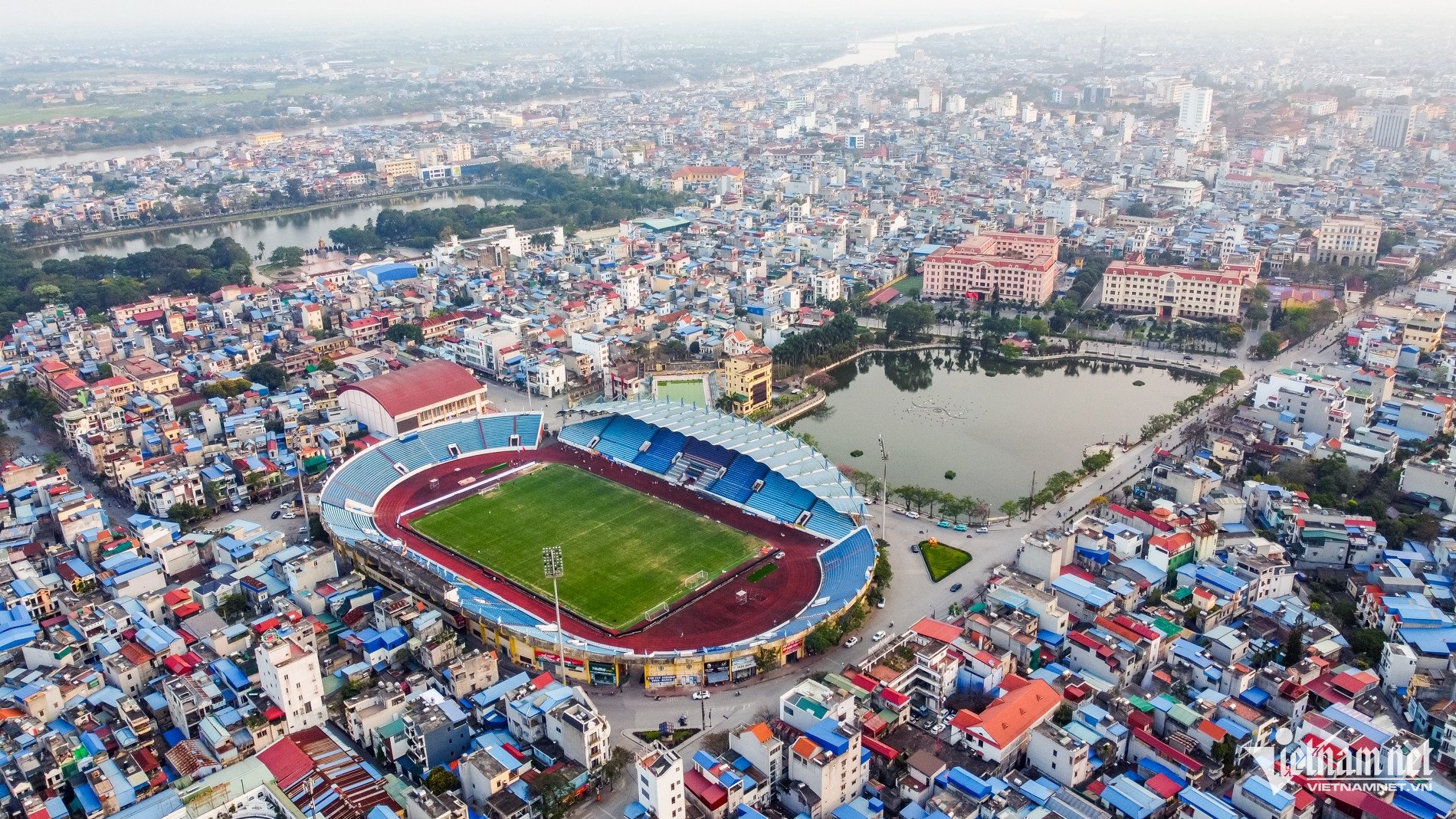














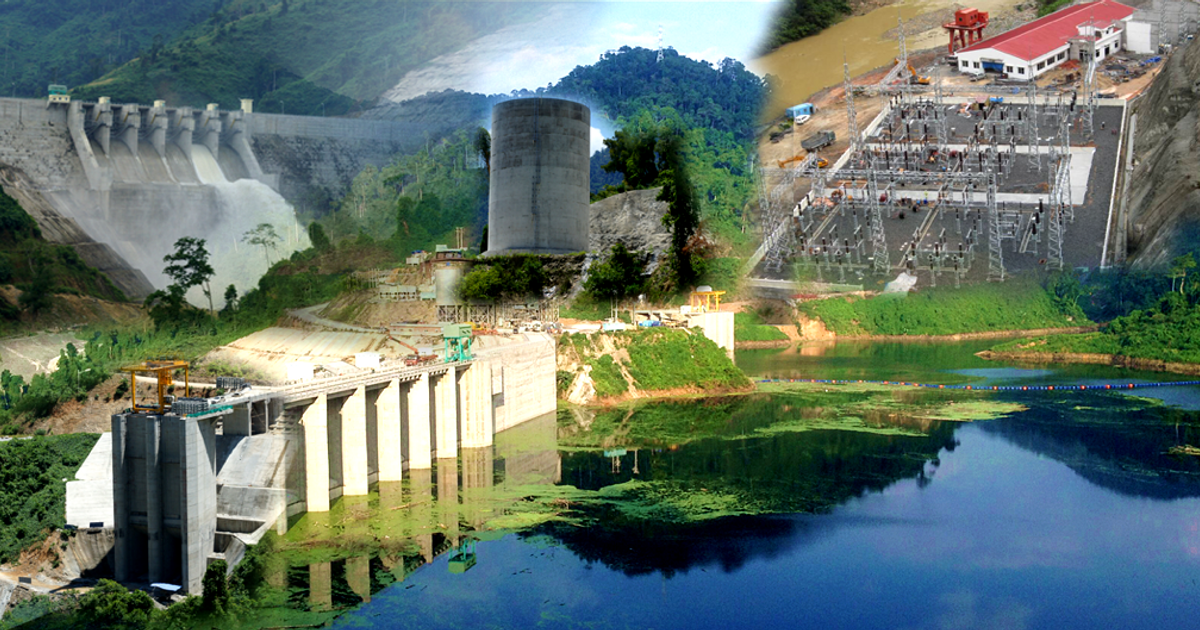



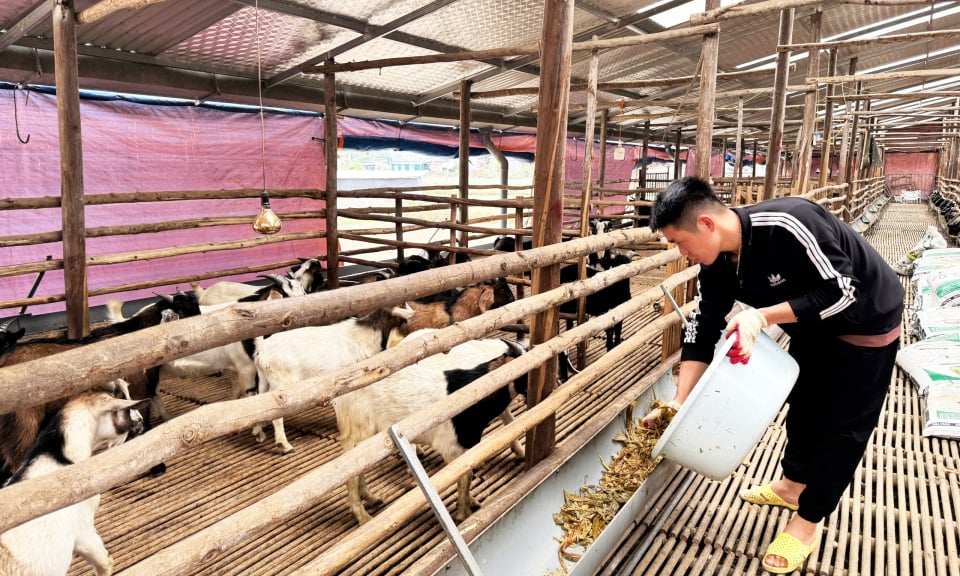









Comment (0)